 Comcast announced this week it is expanding its $9.95 discount internet access program Internet Essentials to qualified low-income veterans.
Comcast announced this week it is expanding its $9.95 discount internet access program Internet Essentials to qualified low-income veterans.
“Veterans have stood up for our country, and for our way of life, and we believe it’s time for all of us to stand up for those veterans,” said David L. Cohen, Comcast’s senior executive vice president and chief diversity officer, speaking at a news conference Monday at a veterans housing complex under construction in Philadelphia. Cohen claimed the program’s expansion “will enable us to reach about a million low-income veterans.”
Comcast’s Internet Essentials
- $9.95/month
- 15/2 Mbps service
- No activation fees and no equipment rental fees
- Option to purchase laptop/computer for $149.99 + tax
- Access to free internet training online, in print and in person
- A free Comcast Wireless Gateway, delivering in-home Wi-Fi at no additional cost
Comcast requires all applicants, including veterans, to pre-qualify for the service with an application and agree to submit re-qualification paperwork annually. The cable company has carefully shielded its program from cannibalizing existing internet revenue by excluding almost everyone who currently subscribes to Comcast internet service or has a pre-existing past due balance. Applicants have to certify they have not had Comcast internet service for at least 90 days before submitting an application (not applicable to customers in the city of Philadelphia), must prove their low-income status by sending proof they are enrolled in one of several federal assistance programs, and prove their veteran status.
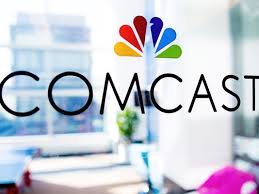 Qualified Assistance Programs
Qualified Assistance Programs
- Medicaid
- Supplemental Security Income (SSI)
- Low-Income Home Energy Assistance Program (LIHEAP)
- National School Lunch Program’s Free Lunch Program
- Emergency Aid to the Elderly, Disabled and Children (EAEDC)
- Supplemental Nutrition Assistance Program (Food Stamps or SNAP)
- Federal Public House Assistance
- Temporary Assistance to Needy Families (TANF)
- Bureau of Indian Affairs General Assistance
- Tribally-Administered Temporary Assistance for Needy Families (TTANF)
- Food Distribution Program on Indian Reservations (FDPIR)
- Head Start
 In the seven years of its existence, Comcast has only managed to enroll six million people in the program, a fraction of those that would otherwise qualify who live in Comcast service areas. Most critics blame Comcast’s onerous qualification requirements for the relatively low enrollment.
In the seven years of its existence, Comcast has only managed to enroll six million people in the program, a fraction of those that would otherwise qualify who live in Comcast service areas. Most critics blame Comcast’s onerous qualification requirements for the relatively low enrollment.
Bryan Mercer, executive director of West Philadelphia’s Media Mobilizing Project, told The Inquirer Internet Essentials offers “speeds that don’t even meet the FCC definition of broadband” and a “series of restrictions” that disqualify those who already manage to scrape enough money together to buy Comcast internet access without the benefit of the Internet Essentials discount program. Mercer says the restrictions that insist customers go without Comcast internet for at least three months and never have an outstanding bill are particularly hard for many low-income people to meet.
“That is a real roadblock to someone trying to keep their utilities affordable and their families online,” Mercer told the newspaper.
About 70 percent of low-income veterans presently lack internet access. In Philadelphia, the nation’s poorest large city, the contrast between super-wealthy Comcast and the thousands of poverty-level residents is striking. Because of its large low-income population, only about 75% of Philadelphia’s residents have internet access. Detroit, which has seen major depopulation and is no longer deemed a “large city,” is even worse, with only 60.9% of city residents signed up for internet.
 Nearly half of all adults with an income below $30,000 don’t have home broadband service or a traditional computer, a 2017 Pew Research study found.
Nearly half of all adults with an income below $30,000 don’t have home broadband service or a traditional computer, a 2017 Pew Research study found.
Comcast has been testing expansion of its Internet Essentials program, which originally only targeted families with school-age children, with new qualifying groups to boost subscriber numbers:
- Low-Income Seniors: (SSI, Medicaid, and other low-income program participation required). Only available in: Atlanta, Boston, Detroit, Fresno County, Calif., Hartford County, Conn., Houston, Miami-Dade County, Fla., Palm Beach County, Fla., Philadelphia, San Francisco, Santa Clara County, Calif., and Seattle.
- Housing Assistance: Everywhere Comcast is available. Enrollees have to prove they receive qualifying housing assistance.
- Internet Essentials Philadelphia: Only available in Philadelphia, this program offers less pre-qualification restrictions, but maintains proof of low-income requirements to enroll.
- Community College: Available only to those enrolled in a participating two-year community college in Illinois or Colorado, and receive a Pell Grant.
Comcast was required to offer and finance Internet Essentials as a deal condition for approval of is 2011 acquisition of NBCUniversal. Although that deal commitment expired in 2014, Comcast has voluntarily extended it since then, but reserves the right to change or discontinue the program at any time.


 Subscribe
Subscribe
 Frustrated New Englanders that can’t get anywhere dealing with Comcast or Consolidated Communications’ customer service are getting fast fixes in New Hampshire by taking their complaints to the Consumer Protection and Antitrust Division of the attorney general’s office.
Frustrated New Englanders that can’t get anywhere dealing with Comcast or Consolidated Communications’ customer service are getting fast fixes in New Hampshire by taking their complaints to the Consumer Protection and Antitrust Division of the attorney general’s office.
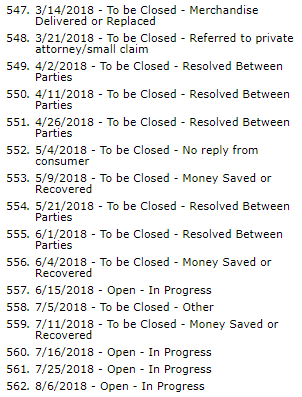
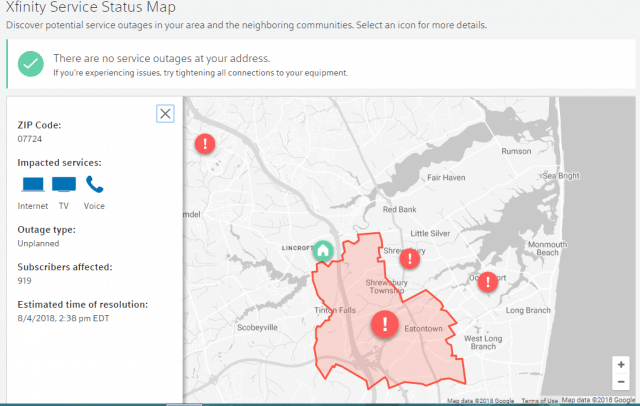
 Phone companies can beat their cable competitors, but only if they invest in fiber upgrades that can deliver as-advertised broadband service and speed.
Phone companies can beat their cable competitors, but only if they invest in fiber upgrades that can deliver as-advertised broadband service and speed.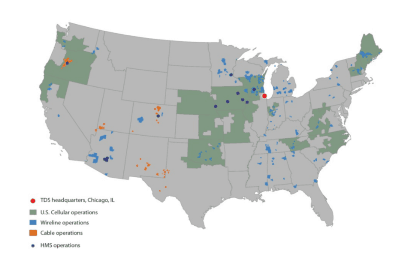 TDS has been overbuilding beyond its existing telephone service areas to deliver broadband, phone, and television service to communities evaluated as:
TDS has been overbuilding beyond its existing telephone service areas to deliver broadband, phone, and television service to communities evaluated as: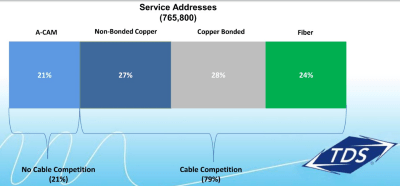 In rural areas, the company is combining federal Connect America Funds with its own money to deploy bonded DSL service in areas too unprofitable to serve with fiber. This typically delivers faster internet service than rural broadband rollouts from other phone companies like Windstream and Frontier.
In rural areas, the company is combining federal Connect America Funds with its own money to deploy bonded DSL service in areas too unprofitable to serve with fiber. This typically delivers faster internet service than rural broadband rollouts from other phone companies like Windstream and Frontier.